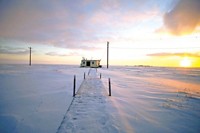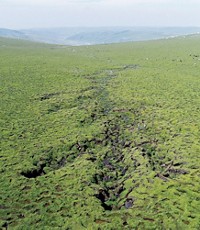Advertisement
Grab your lab coat. Let's get started
Welcome!
Welcome!
Create an account below to get 6 C&EN articles per month, receive newsletters and more - all free.
It seems this is your first time logging in online. Please enter the following information to continue.
As an ACS member you automatically get access to this site. All we need is few more details to create your reading experience.
Not you? Sign in with a different account.
Not you? Sign in with a different account.
ERROR 1
ERROR 1
ERROR 2
ERROR 2
ERROR 2
ERROR 2
ERROR 2
Password and Confirm password must match.
If you have an ACS member number, please enter it here so we can link this account to your membership. (optional)
ERROR 2
ACS values your privacy. By submitting your information, you are gaining access to C&EN and subscribing to our weekly newsletter. We use the information you provide to make your reading experience better, and we will never sell your data to third party members.
Environment
Oceanographers Gain A Tracer Compound
March 31, 2008
| A version of this story appeared in
Volume 86, Issue 13
Oceanographers have traditionally injected kilogram amounts of sulfur hexafluoride gas into the ocean and followed the evolution of these spikes by gas chromatography of water samples to study mixing processes. The technique is useful because SF6 can be detected at femtomolar quantities and tracked over large areas and long time periods. But researchers need a different tracer for localized studies because SF6 must be reserved for global studies of ocean circulation and uptake of anthropogenic CO2. Columbia University's David T. Ho and colleagues now report that the SF6 analog SF5CF3 fits the bill (Geophys. Res. Lett., DOI: 10.1029/2007GL032799). The team conducted a two-year experiment in the Santa Monica Basin off the coast of Southern California that shows SF5CF3, which is not commercially available yet, can be detected almost as well as SF6 and doesn't interfere with using SF6 for simultaneous tracer studies. Both compounds are greenhouse gases, but the researchers write that the amounts of tracer gases used in ocean studies are insignificant and that SF5CF3 is an improvement because its atmospheric lifetime is one-fourth that of SF6.





Join the conversation
Contact the reporter
Submit a Letter to the Editor for publication
Engage with us on Twitter